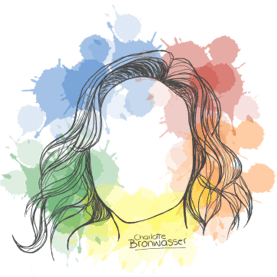On this page you can read more about my work at the TU/e department of Industrial Design.
M1.2 – Project
‘Supporting desired relationships with modern technology like smartphones’
Design Research Project | July 2025
User & Society, Math, Data & Computing, Creativity & Aesthetics, and Technology & Realisation.
This project was my first individual project in the master’s program of Industrial Design. Through a field approach I learned how to work on a research task, using a mixed perspective approach together with the reflective transformative design research (RTD) approach. Within these methods tools like literature review, co-creation, co-design and interviews were applied.
Design – TapOut
This study explores how design can support adults aged 20 to 30 years old in developing desired relationships with their smartphone. While awareness of excessive smartphone use is growing, many existing interventions
rely on avoidance-based strategies, which are often ineffective. Using behavioural theory and working closely together with the target group, two studies were done on how confrontation-based strategies, social interaction and goal setting can effectively support behaviour change.
This led to the design of ‘TapOut’, a design research artefact. The outcome is five design insights for future designers, who are interested in design for behavioural change related to modern technology: involving the target group, enabling personalisation, showcasing goals and progress, reflecting patterns, and using AI tools transparently if
relevant.
Behaviour Change; smartphone Use; Digital Well-being; Co-design; Design Research
Deliverables
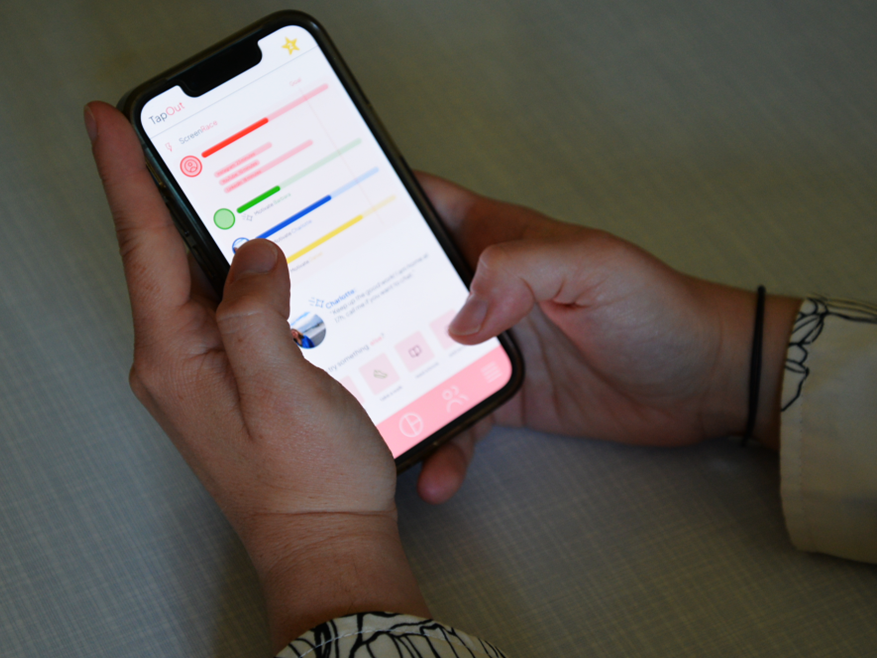
Click to see more
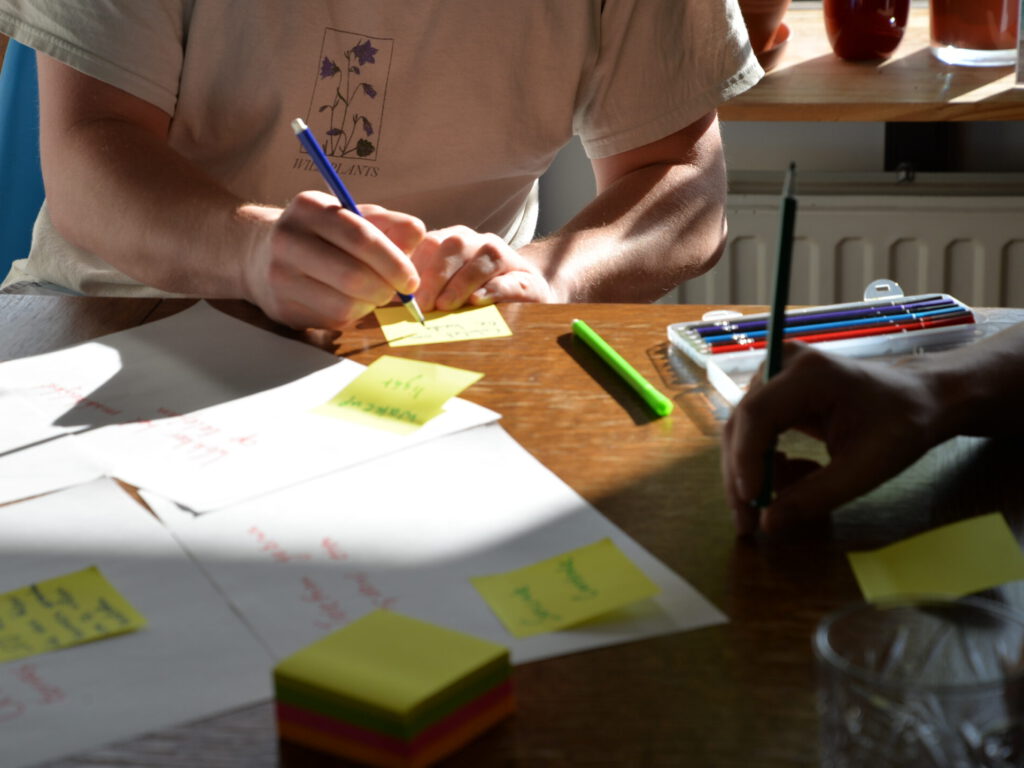
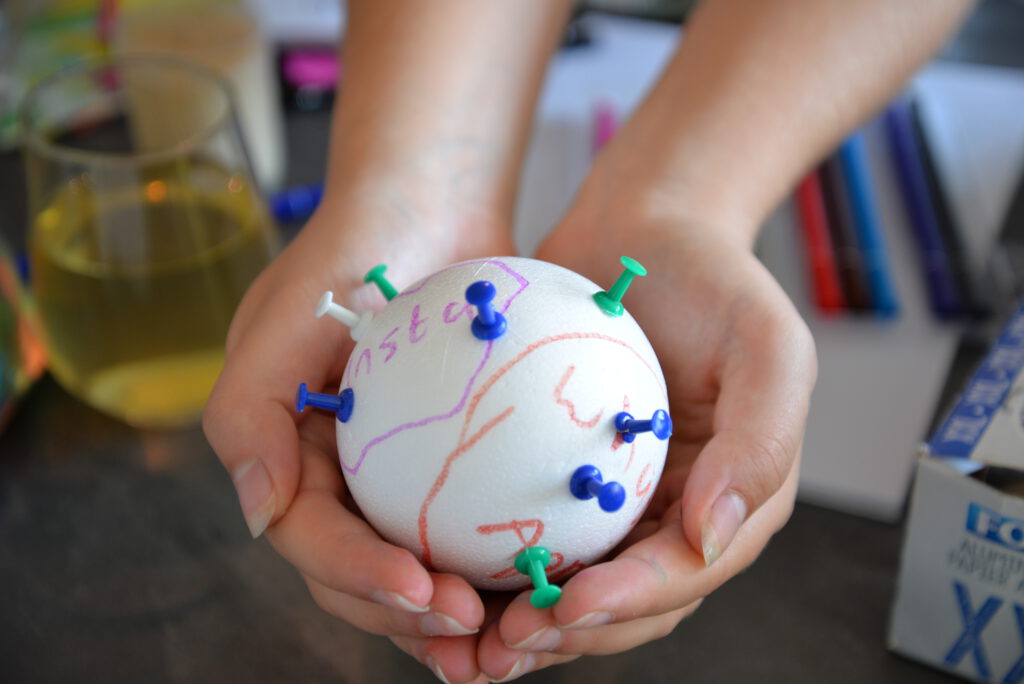
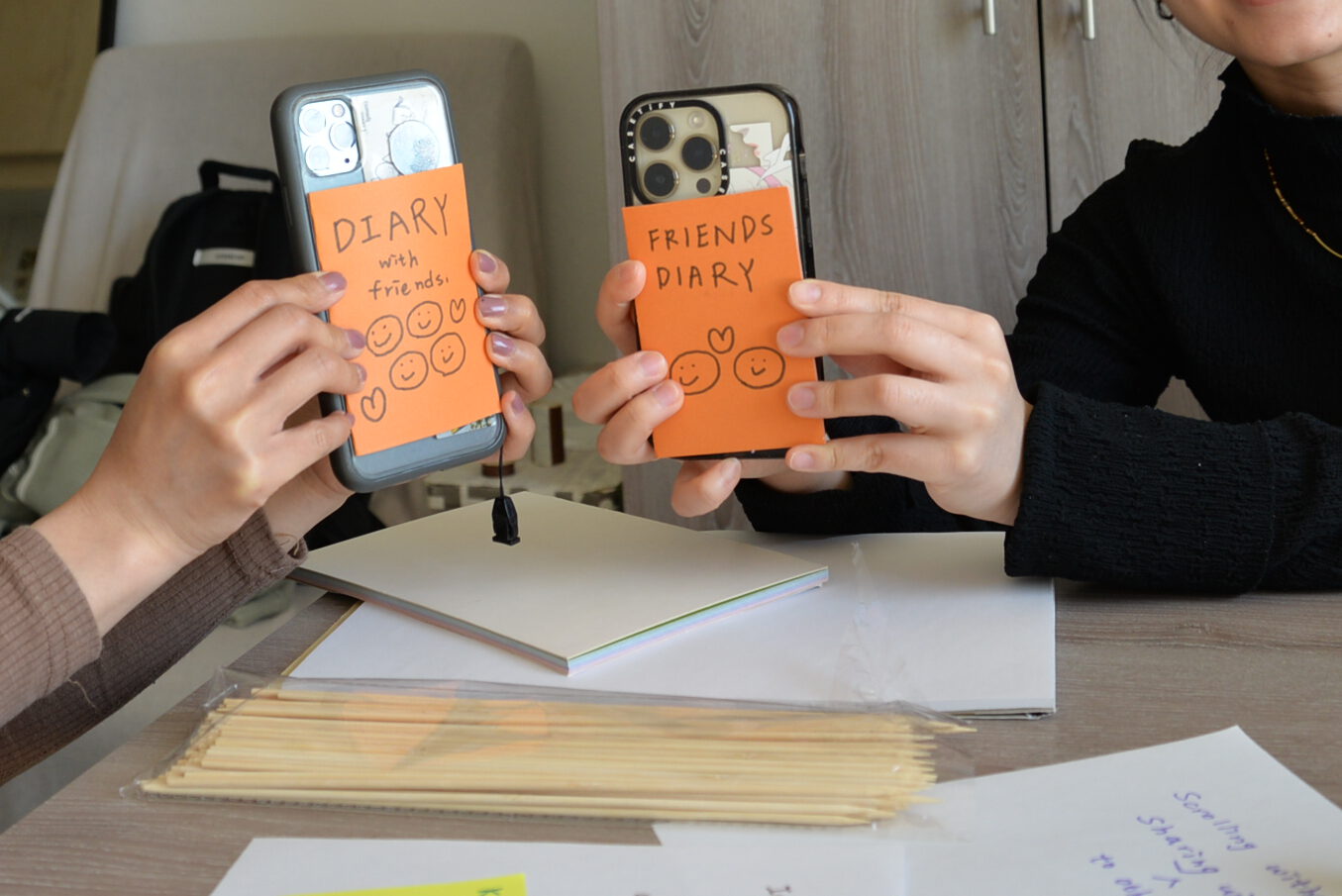
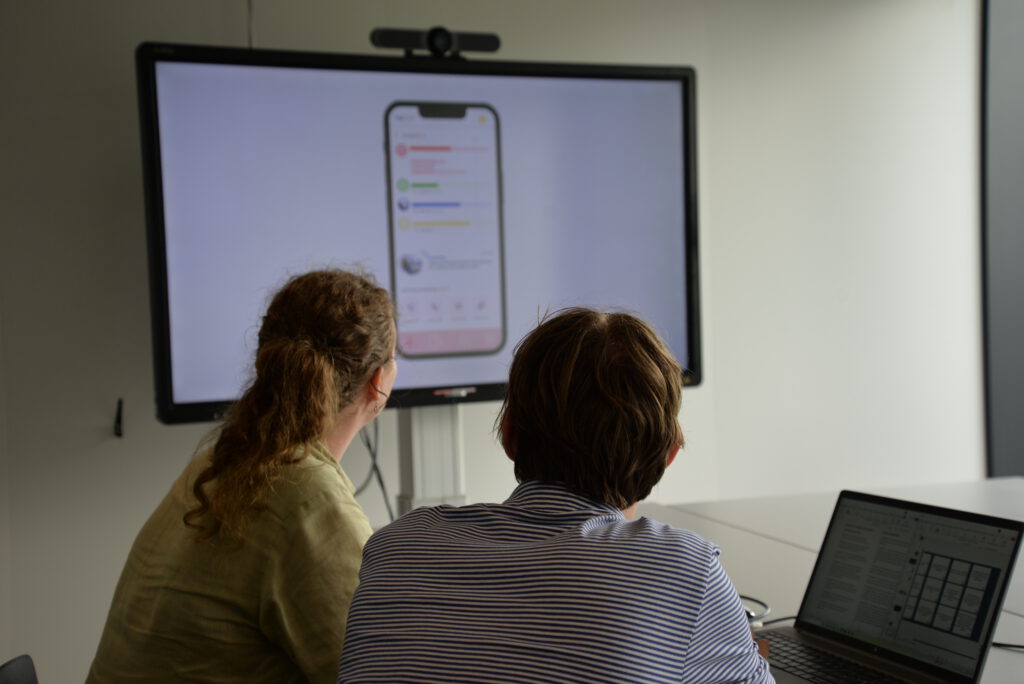
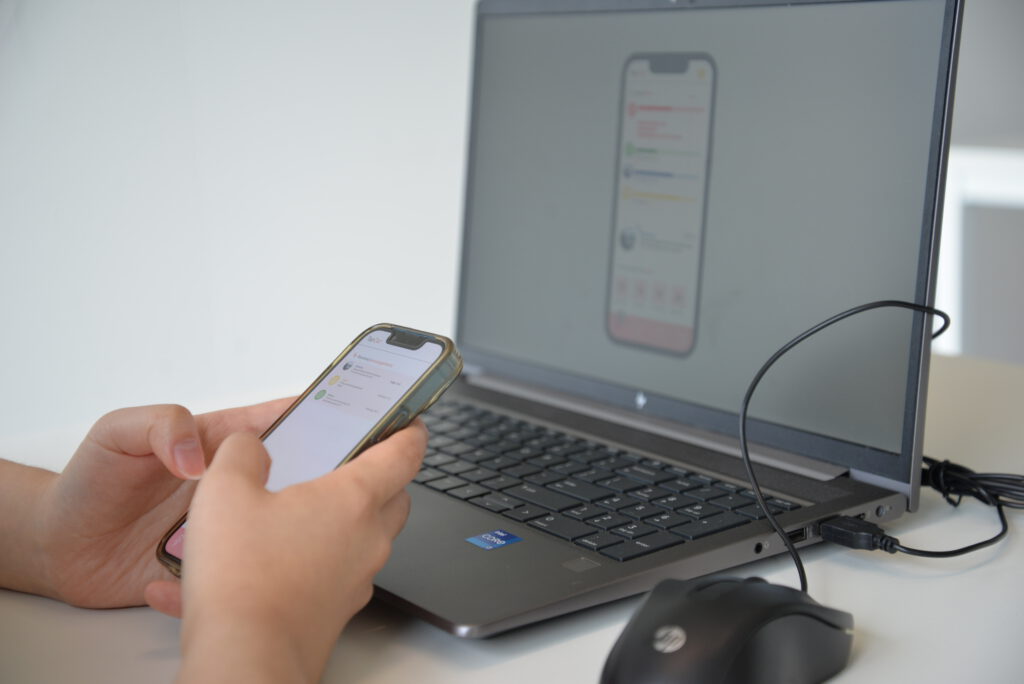
Data Enabled Design
‘Exploring the relationship between mood and smartphone use through data physicalisation’
Elective Course | July 2025
Math Data & Computing, and User & Society
This course focused on getting familiar with the ‘data-enabled design’ (DED) approach in the design process. Through the project during this elective I improved my probe-building skills, data visualization and I explored data as a creative driver of the design process. In this process 12 design principles belonging to the DED approach were applied, creating awareness of responsible data use and treating users ethically.
Design – IntenTree
This study explores how emotional state and phone usage influence one another, through the design and deployment of interactive probes. Through multiple design loops, the context of the design was explored using probes. Their data was then used to create a design as a behaviour intervention tool and expressing relevant data to the user.
The final design called ‘IntenTree’, is a data physicalisation that visualizes phone use and invites reflection on behaviour. The usage is presented as leaves and flowers in various colours and sizes, mirroring the users’ emotion and length of usage. When the user activates their phones, the branch lights up requesting reflection. This project blends personal narratives, embodied interaction and self-driven meaning making in a playful, tangible form.
Smartphone use; Mental health; Mood; Self-regulation; Emotional Reflection; Data Physicalization
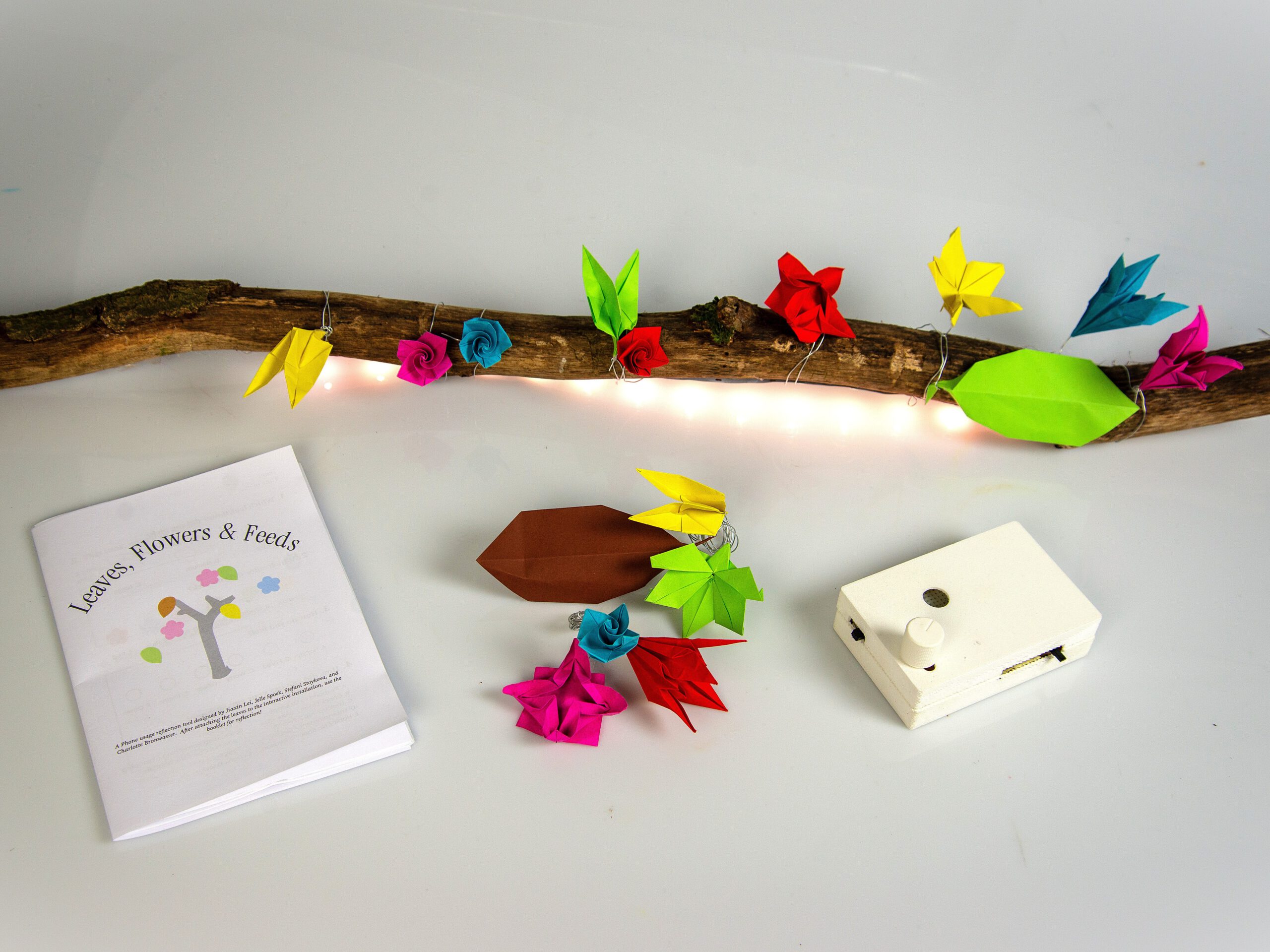
Click to see more
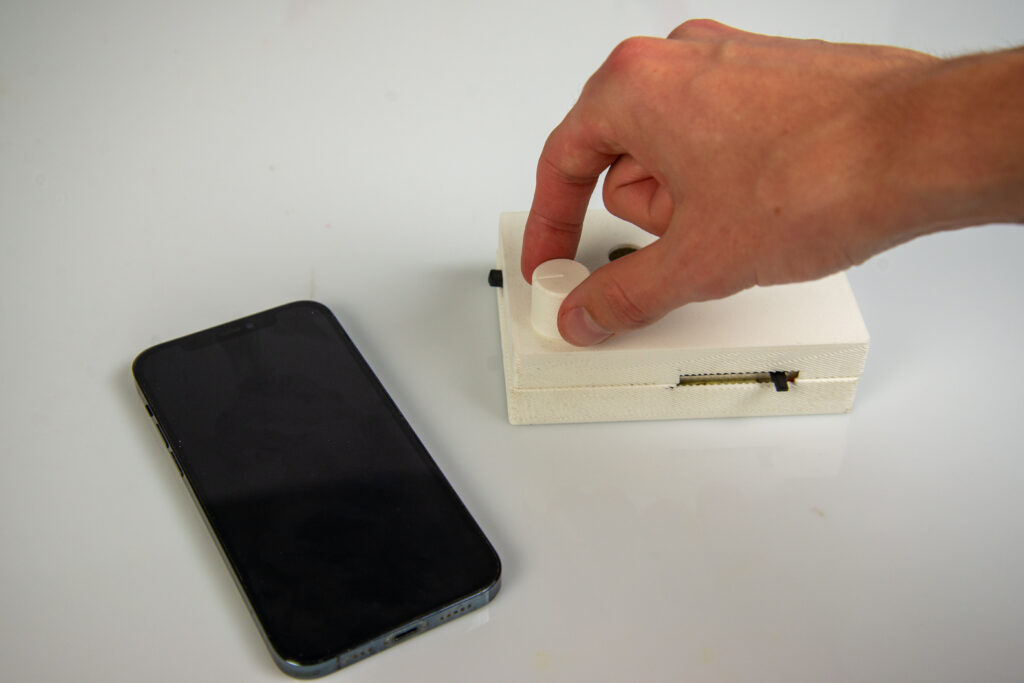
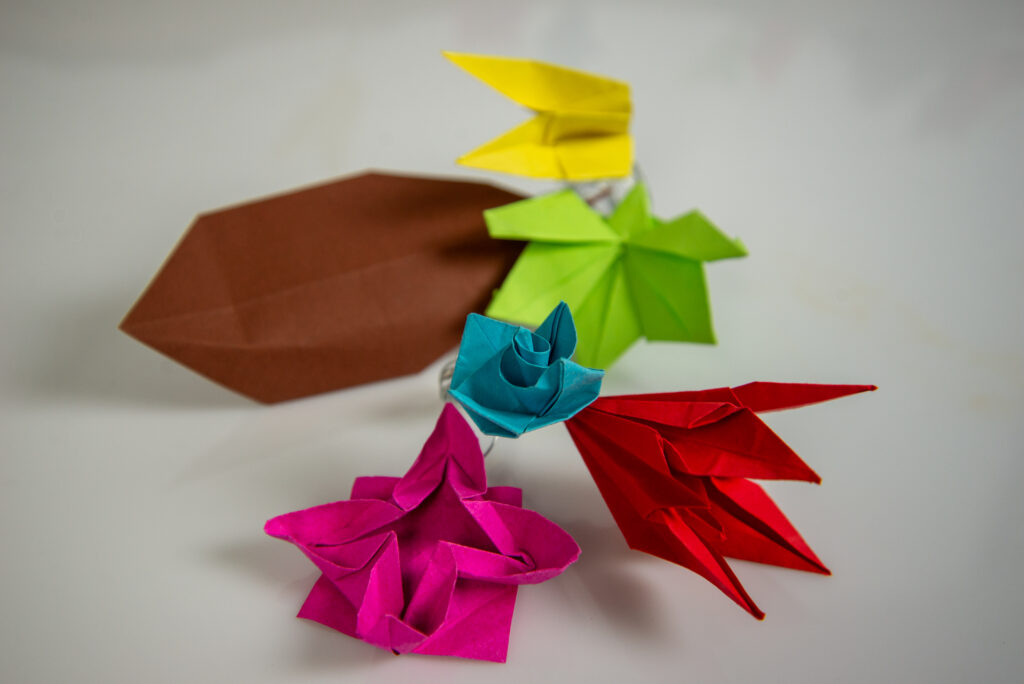
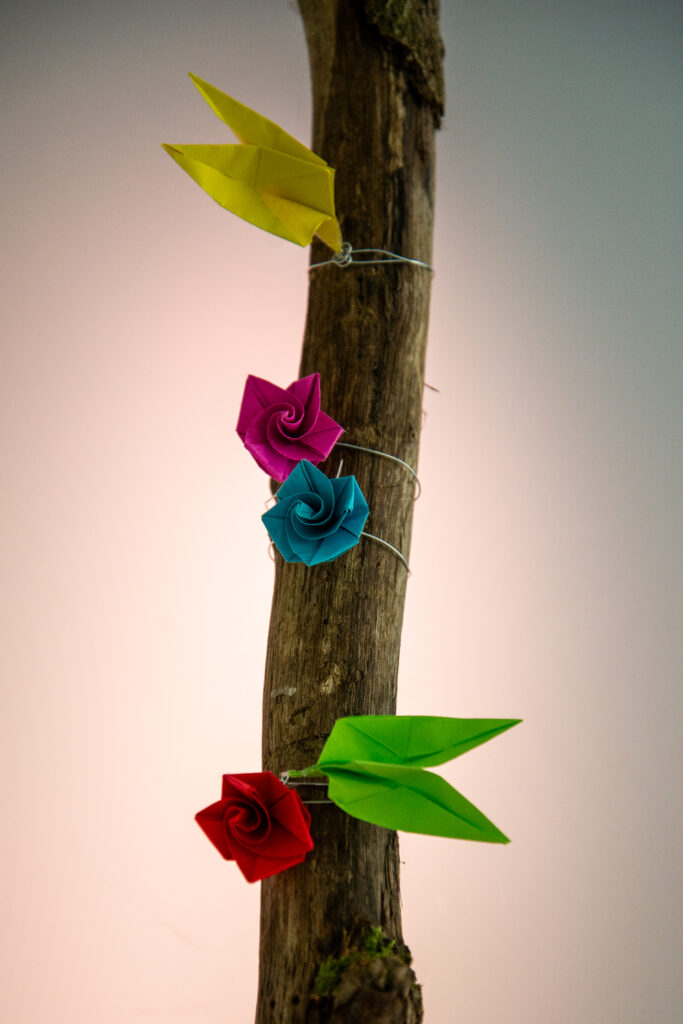
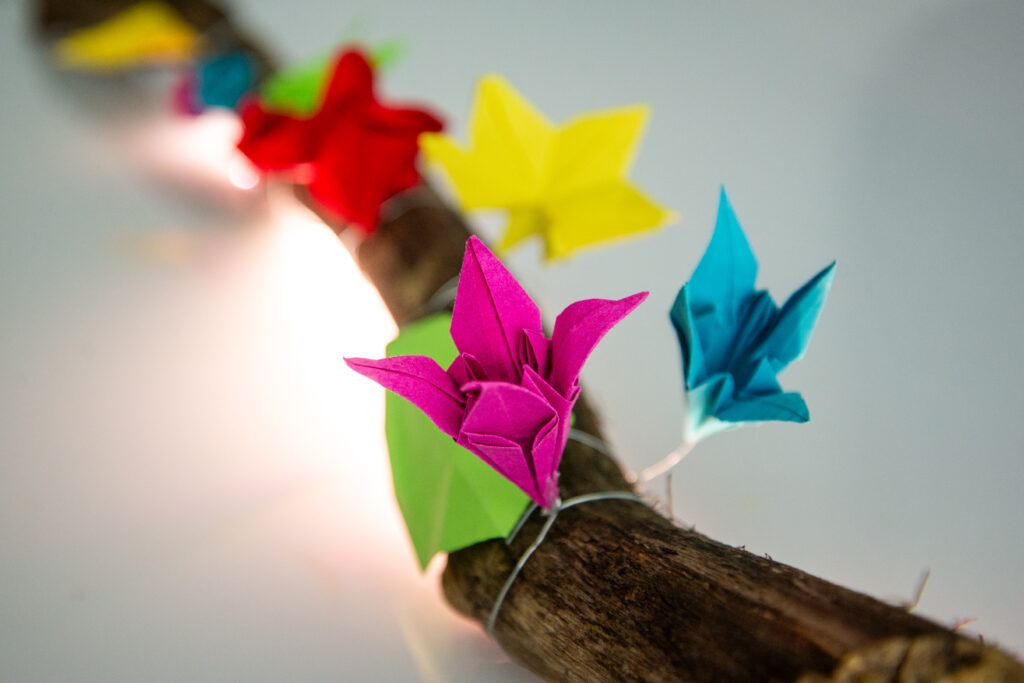
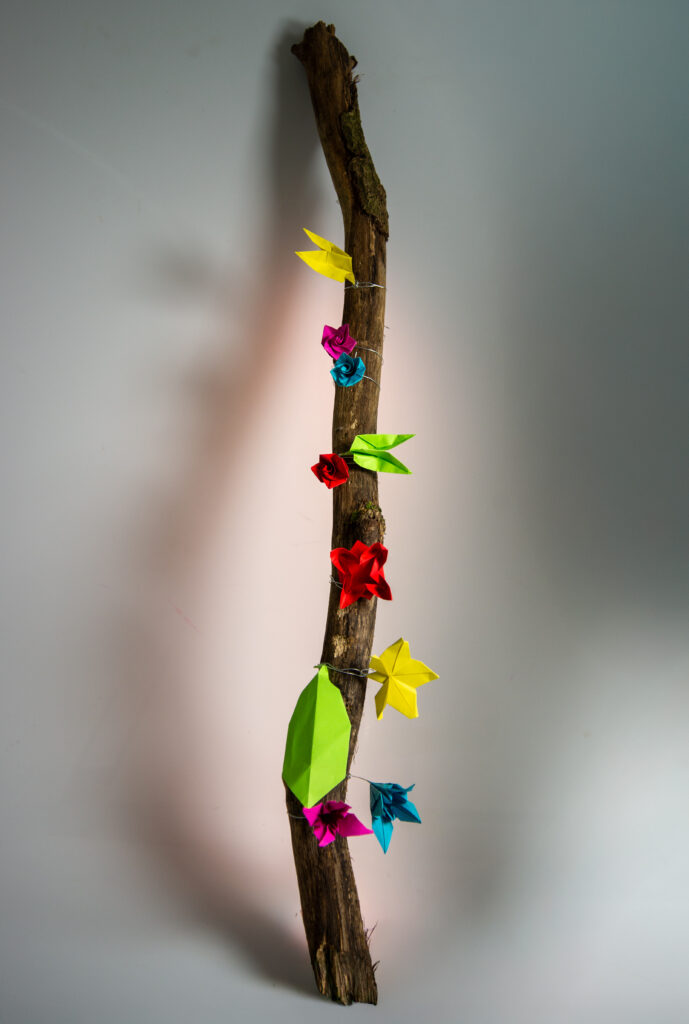
User Experience Theory & Practice
RDD Track | Elective Course | April 2025
User & Society, and Creativity & Aesthetics
To collect more useful tools and methods, and deepen my knowlegde on UX, this elective was completed. The course consisted of three parts:
- Gain UX insights by literature review
- Apply methods through a design case
- Create a personal UX strategy
Design – Switch & Slide
For the second part of the course we were challenged in teams of four to create a (re)design for a company. In my case this was Aumens, a company that researches how technology can help people with dementia and people with other physio-psychological illnesses (for example MS or Parkinson’s disease).
Their challenge was to redesign their product ‘Switch2Move’ – a dance therapy with videos and a control for at home use – to a product suitable for (private) care-facilities. So that it could be used in a group-setting, instead of by individuals.
The final design ‘Switch & Slide’ was created, going through multiple methods and approaches like personas, empathy tool and context mapping. The product is a control panel designed for people with limited dexterity: large buttons, rounded shapes and uncomplicated interactions. The tiles on the sliders are interchangeable, so that the input of music and dances can be personalized.
Personal UX proposition
My aim as an industrial designer is to design empathic, behavioural changing experiences for real-life context. For this I want to focus on designing for societal issues which leads to a user to design for. Keeping an holistic view, focusing on the user, the context and think about issues through a system. I want to be a part of a R&D team which allows me as an empathic designer, to apply empathic frameworks and tools from the beginning to the end of the design process.
As a designer in the RDD track, in my future projects I will therefore strategically apply empathy frameworks to empathize and de-attach from users, to create stronger UX. Using context mapping as one of my main tools and a mixed perspectives approach is what I think will offer deeper and more meaningful results to create a more fitting and pleasing UX at the end. Finally, I will continue to expand my knowledge on human behaviour and relate it back to the human needs and values introduced to me in this course and literature. I believe that the more I know, the more the empathic designer in me can grow.
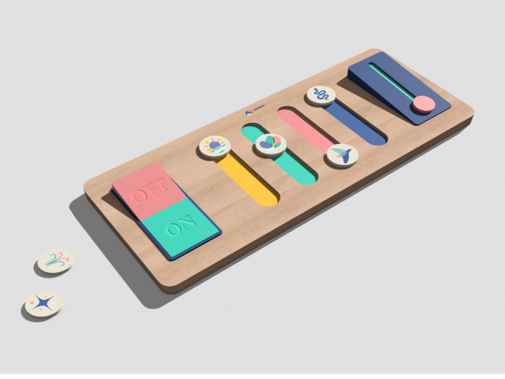
Click to see more
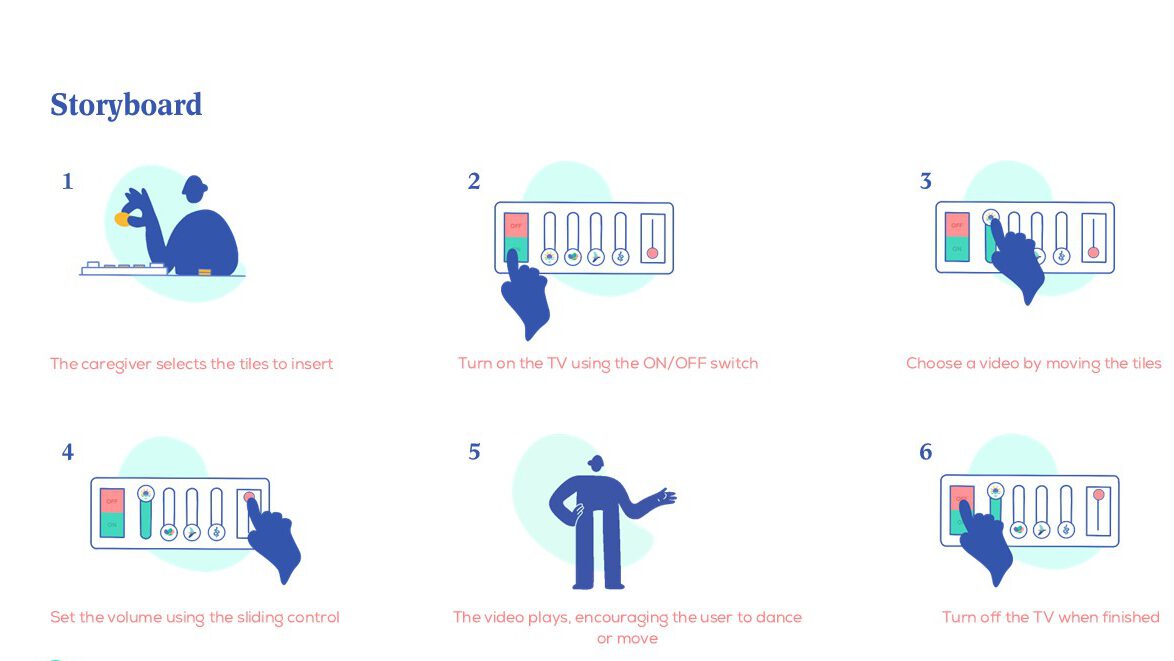
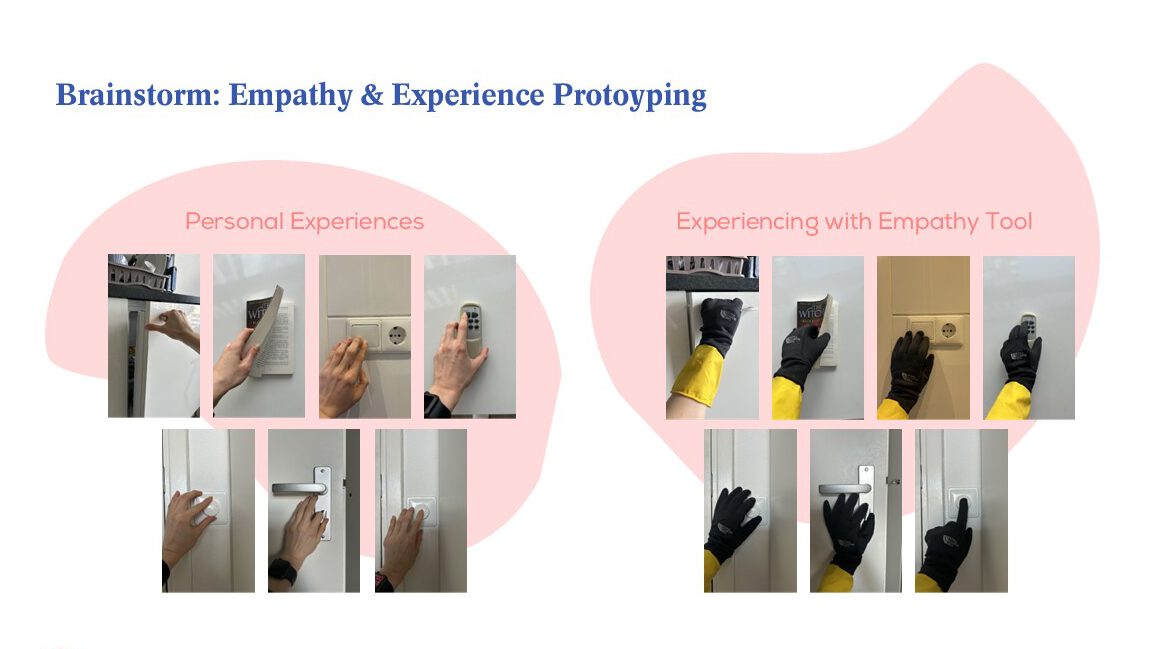
Project in collaboration with Aumens, creating for people with Dementia.

